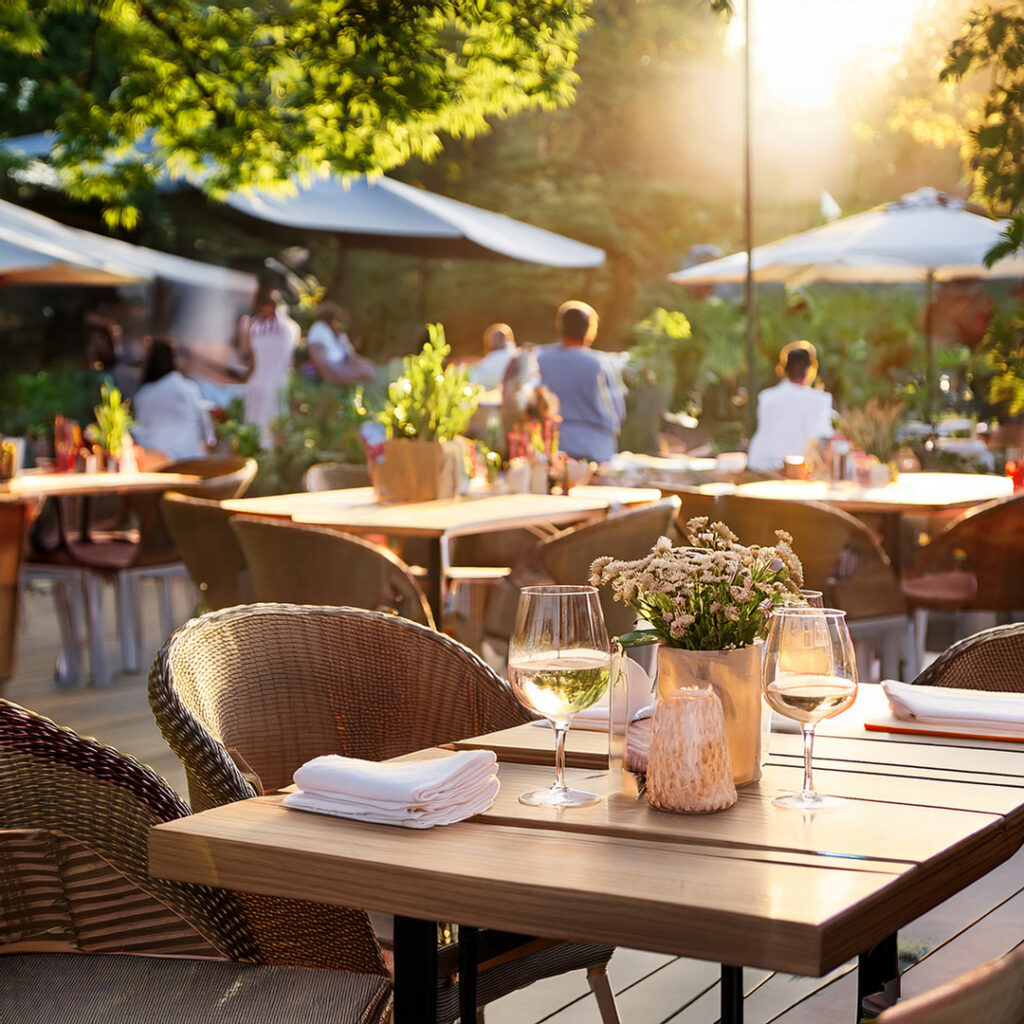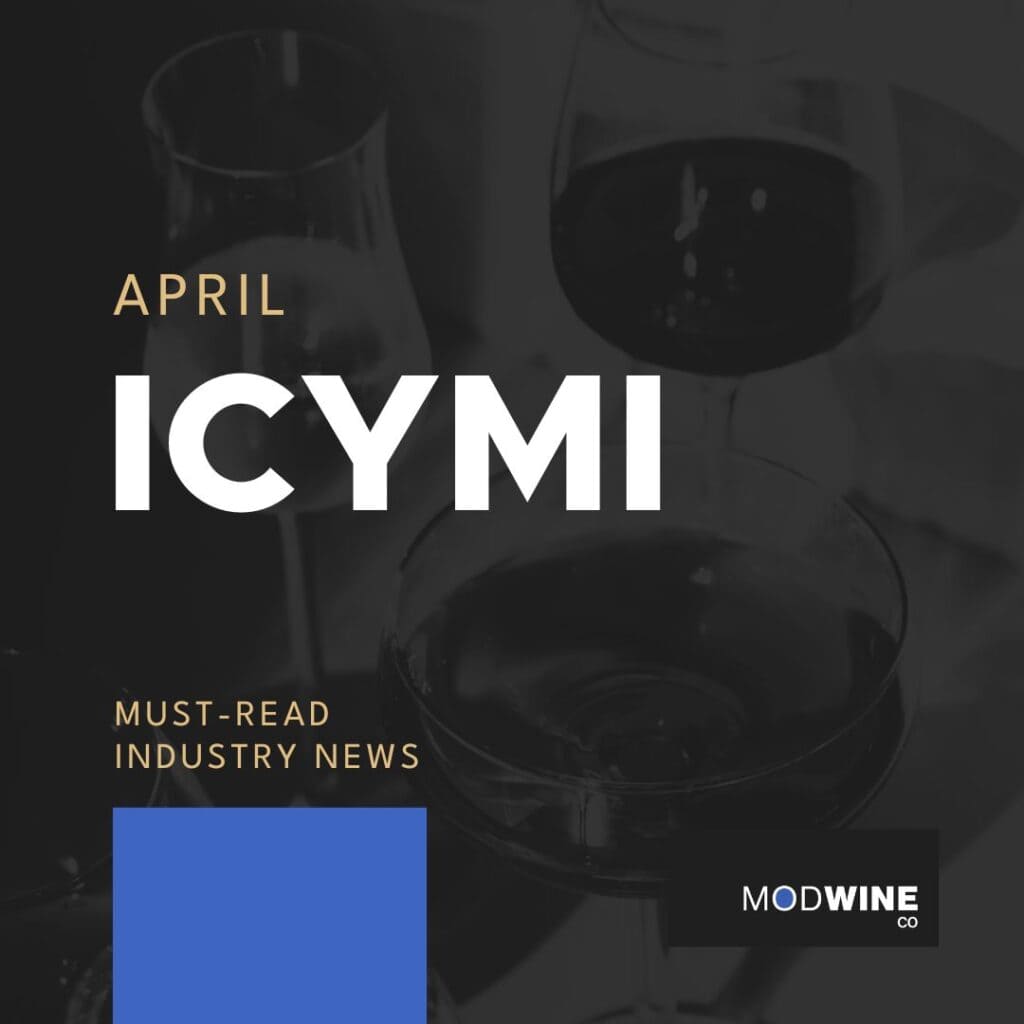Whether you’re serving guests in a restaurant or curious about the nuances of sparkling wines, understanding what makes the best champagne stand out is a game-changer. Sparkling wine is versatile, not just for celebrations but for everyday enjoyment. This guide will explore the differences between Champagne, Prosecco, and local sparkling wines, and help you confidently choose the best bubbles for any occasion.
Champagne vs. Sparkling Wine: Breaking It Down
One of the most common questions you’ll hear from guests (or maybe even friends) is: what’s the difference between Champagne and sparkling wine? Simply put, all Champagne is sparkling wine, but not all sparkling wine is Champagne.
Champagne originates from the Champagne region in France and is made using the méthode champenoise (also known as the traditional method). This process, combined with strict rules on aging before release, creates Champagne’s signature fine bubbles and complex flavors, such as brioche and almond.
On the other hand, sparkling wines like Prosecco, Cava, and local options from regions like Niagara can be produced using different methods and grape varieties, leading to a wide range of distinct flavors.
While Champagne holds a certain prestige, these other sparkling wines provide excellent character and enjoyment, often at more accessible price points. Understanding these differences allows for more thoughtful and personalized recommendations to suit every occasion and budget.
Pro Tip for Service Staff: When guests ask for Champagne, it’s helpful to inquire about the flavors they prefer or the occasion they’re celebrating. For a celebratory yet budget-friendly option, recommend a well-made Prosecco or a local sparkling wine. If they’re seeking Champagne-like flavors, suggest wines made using the traditional method from other regions, such as Crémant, which often provide great value while delivering similar quality and complexity.
Prosecco vs. Champagne: What’s the Real Difference?
What’s the difference between Prosecco and Champagne? Both are sparkling wines and can be excellent choices, but they differ in taste, price, and production method.
One of the biggest differentiating factors when comparing bottles of sparkling wine is how the sparkle, or mousse (bubbles), is introduced into the final wine.
In Champagne, the second fermentation happens right in the bottle you buy, using what’s called the “méthode champenoise.” This method gives the wine its signature fine bubbles and complex flavors, like hints of brioche and almond.
In contrast, Prosecco is made using the Charmat method, where the second fermentation happens in stainless steel tanks before the wine is bottled. This method creates lighter, fruitier bubbles with bright flavors like green apple, pear, and white flowers.
While Champagne is often the go-to for major milestones, Prosecco shines for casual celebrations with its approachable price and playful sparkle.
Pro Tip for Service Staff: For significant milestones like weddings, Champagne is ideal. For brunches or happy hours, Prosecco’s lively bubbles and affordability make it a great choice.
Champagne vs. Wine: Why the Fuss Over Bubbles?
Champagne and sparkling wines add effervescence, enhancing flavors and lifting acidity, making them incredibly food-friendly. Whether you’re pairing Champagne with oysters or Prosecco with light bites, the bubbles bring balance and excitement to any dish.
Pro Tip: Find and follow local writers and influencers like @sparklingwinos or @winesinNiagara for the latest recommendations on both local and international sparkling wines. They’re great resources for staying in the loop on trends, tasting notes, and hidden gems!
Local Bubbles: Don’t Sleep on Sparkling Wines from Niagara
Niagara’s cool climate mirrors Champagne’s, and many producers use the traditional method to craft top-quality bubbles. Wines like 13th Street’s Blanc de Noir and York Vineyards Blanc de Blancs are excellent local options, offering the same complexity as French Champagnes but with a regional story.
Pro Tip for Service Staff: When guests ask for something unique, introduce them to local bubbles. It’s a great way to offer a memorable experience and showcase your knowledge of the local wine scene.
The Best Champagne: Our Top Picks for Every Occasion
Finding the best Champagne can be overwhelming, but here are some top picks for different needs:
Best Affordable Champagne
You don’t have to break the bank to enjoy a glass of the good stuff. Look for bottles like Perrier-Jouët or Gaston Chiquet which offer fantastic flavor at a more accessible price.
Best Champagne for Gifting
For those times when you want to impress—whether it’s a gift for someone special or a treat for yourself—bottles like Laurent-Perrier Rosé or Louis Roederer are elegant, thoughtful choices.
Best Champagne for Mimosas
If brunch is calling, the best Champagne for Mimosas is one that’s crisp, dry, and not overly sweet—like a Brut. You want the bubbles to enhance the juice, not compete with it. Our go-to here is Piper-Heidsieck Brut. It’s balanced and works beautifully in a mimosa or even a bellini. However, personally here at Mod, we love our Mimosa’s with a pour of Prosecco as it has all of the characteristics we’re looking for at a more friendly price point.
Best Local Champagne-Like Sparklings
Don’t overlook local options when thinking about Champagne. Niagara’s sparkling wines, like those from York Vineyards, offer fine bubbles and complex flavors which are perfect for any special occasion.
The Importance of Glassware for Champagne and Sparkling Wine
Choosing the right glassware can significantly enhance the Champagne or sparkling wine experience.
While traditional champagne flutes are popular for highlighting the bubbles, many experts recommend using a tulip-shaped or white wine glass to better capture the aromas and flavors, especially for the best champagnes or premium sparkling wines.
A narrow flute may concentrate the bubbles, but it can restrict the wine’s bouquet. A tulip glass allows for both the effervescence and complex aromas—especially in the best Champagnes—to be appreciated.
For casual occasions or lighter sparkling wines like Prosecco, a flute is still a fun and festive option, but upgrading your glassware for special bottles can elevate the entire tasting experience.
Pro Tip for Service Staff: If your guests are enjoying a premium bottle, consider serving it in a tulip or white wine glass to enhance the aromas and allow the wine to express its full character.
Sparkling Wine for All
Whether you’re toasting with one of the best Champagnes or pouring Prosecco for a casual get-together, sparkling wine elevates any experience. Now that you understand the differences between Champagne and other sparkling wines, you can sip with confidence and enjoy the bubbles that suit your taste and occasion.
If you’re looking to enhance your wine list, plan a private tasting event, or need expert recommendations on sparkling wine, we’ve got you covered. Contact us today for personalized guidance and let’s find the perfect bubbles for every occasion!



